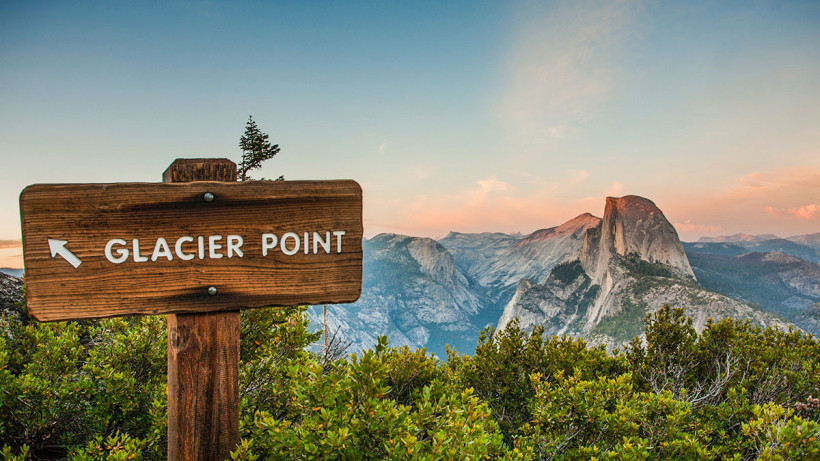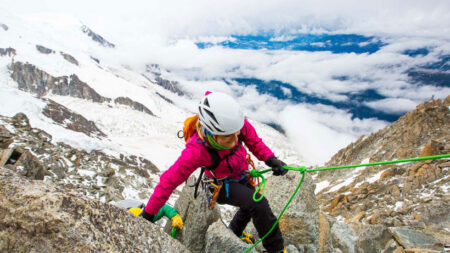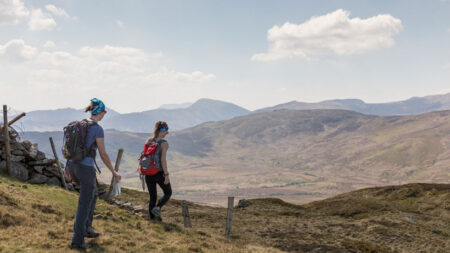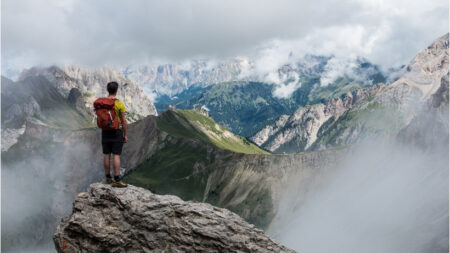Over 330 million visitors every year to 61 different parks can't be wrong
Epic scenery, abundant wildlife and more outdoor activities than you can shake your hiking stick at, it’s little wonder the US National Parks are so popular. The 61 US parks are at once arid and lush, varying from snow-covered vistas to dry, desert landscapes. They’re utterly wild, yet many of their entrances are located close to cities, making them accessible on your next holiday to the States.
Some 85 million acres of sublime beauty have been preserved as national parks, managed by the National Park Service. From east to west, stretching from Acadia National Park on Maine’s rugged coast to the deserts of Death Valley in California, the parks comprise a variety of terrain, plus the habitats of many endangered species.
Most feature a full range of facilities, including rustic lodges, camping options and a variety of outdoor activities, from trekking and kayaking to climbing and wildlife watching.
- Plan your next adventure: Unmissable world hikes
You could spend a lifetime exploring parks in all their sprawling glory. Most visitors simply dip into whichever park they are closest to – be it the Grand Canyon or Yosemite. Many want to tick off the “must-sees”, such as the geysers of Yellowstone or the “Going-to-the-Sun Road” in Glacier National Park, Montana.
To make your trip more worthwhile and enjoyable, spend longer exploring fewer parks at your leisure. You’ll do more than simply scratch the surface – you’ll likely discover more than the average tourist gets to see.
Which parks to visit
Wondering which National Park to choose first? With 61 parks covering more than 85 million acres across all 50 states, you’re spoilt for choice. Here are a few of our favourites to get you started.
Denali National Park, Alaska
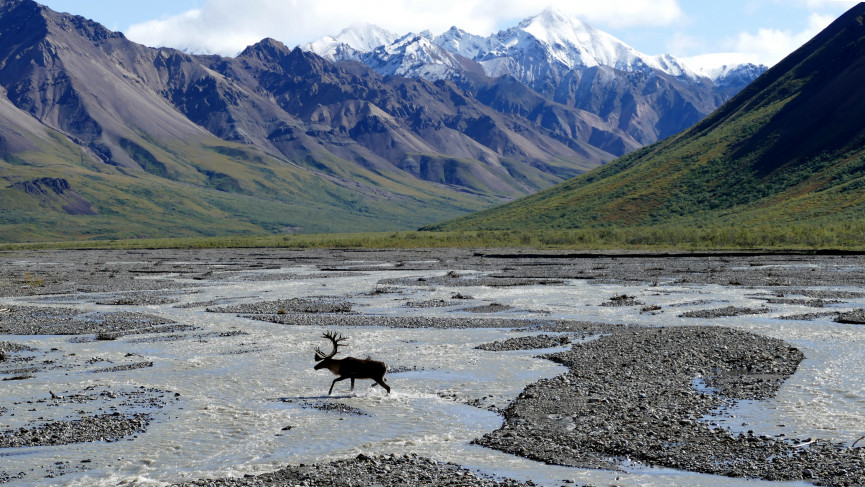
If you’re after true subarctic wilderness, look no further. Home to the tallest mountain in North America (Denali, previously McKinley, which towers 6,190 metres above sea level), Denali National Park is a land of glaciers, snow-capped peaks and roaming caribou, moose and grizzly bears. No wonder director Sean Penn chose to film scenes from Into The Wild here.
Founded in 1917 as Mount McKinley Park, Denali had been renamed and roughly tripled in size by 1980. There’s only one road that penetrates the park, crossing varied terrain from lowland to high mountain passes, with some excellent hiking trails around the visitor centre.
Other activities include white-water rafting on the Nenana River and sled dog demonstrations.
Olympic National Park, Washington
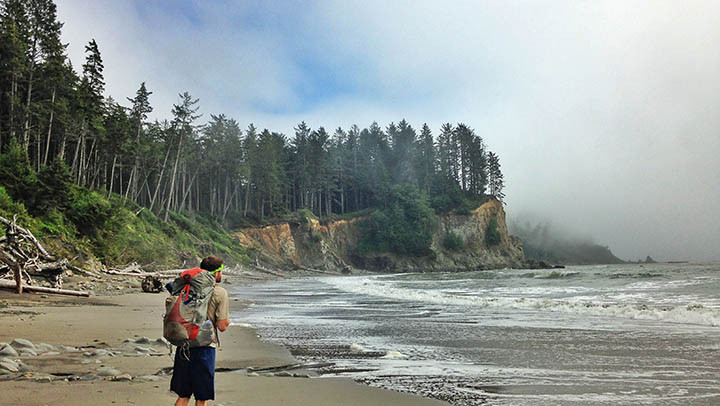
A UNESCO biosphere reserve, yet still one of the lesser-known National Parks, Olympic National Park preserves Washington’s lush forests.
Spread across 923,000 acres, and sliced through by the jagged, glacier-covered Olympic Mountains, this biologically diverse park is dotted with waterfalls, rivers and rainforests. With so much water around, this park is perfect for watersports lovers, with plenty of opportunities for kayaking and canoeing on lakes, rivers or the ocean.
Pack your binoculars and look for wildlife at dawn and dusk – bald eagles, grouse, marmots, black oystercatchers and sooty grouse are among the residents. Come in April, May, October and November, and you could catch sight of migrating whales along the Kalaloch, Rialto and Shi Shi beaches.
Yosemite National Park, California
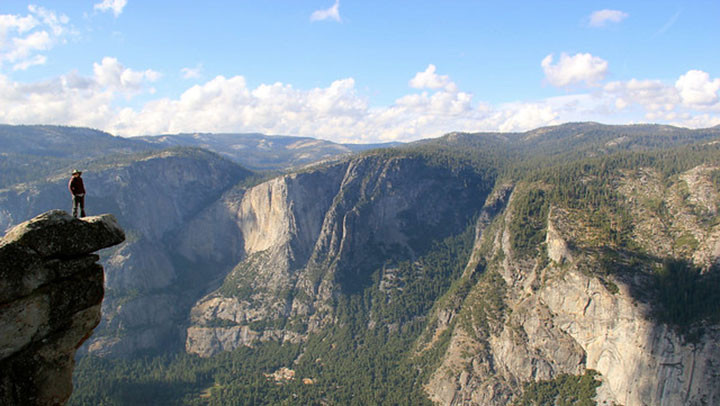
A mecca for climbers, hikers and anyone who loves the outdoors, Yosemite’s wilderness of evergreen forests, high meadows and steep granite rocks make this California’s prime destination. Less than three hours from Sacramento, this glacier-carved parkland in the High Sierra Nevada Mountains is a magnet for photographers, geologists and culture-seekers, too.
Head to the Yosemite Chapel, the sole reminder of the park’s old village, dating back to 1897, and hike the formidable trail to the summit of Half Dome or watch climbers tackle El Capitan, the sheer rock face at the valley’s western entrance. For the best mountain panorama, head to the 980-metre-high Glacier Point.
Everglades National Park, Florida
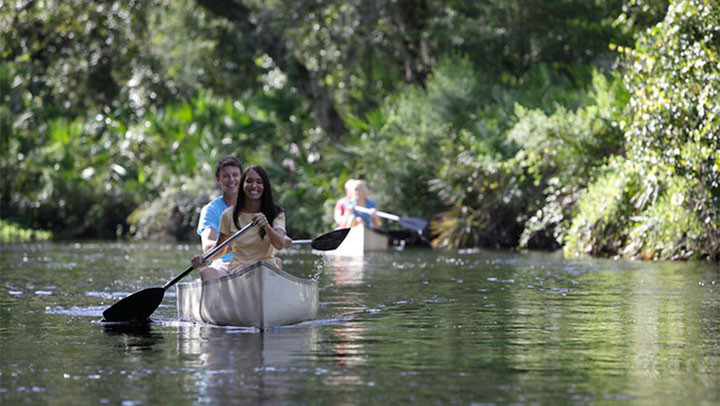
Covering a vast expanse of low-lying wetlands at Florida’s southern tip, the Everglades are a unique ecosystem characterised by tree islands, hammocks and meandering channels. The park’s best-known – yet most-feared – resident is the alligator. A good place to spot them is the “‘gator hole” at the head of the Anhinga Trail. This hollowed-out pond is where they congregate to reach the water, particularly during the dry winter months.
The park is also home to 400 species of birds, as well as at least 30 rare, threatened and endangered species, including the Florida panther and manatee. The main entrance lies just ten miles west of Florida City. Inside, you’ll find plenty of hiking and cycling trails along elevated boardwalks, and you can also hire boats and canoes to explore the mangroves by water.
US National Parks history
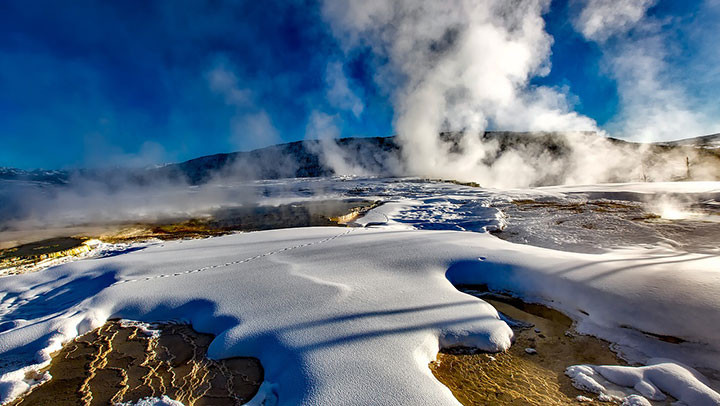
In 1872, the world’s first national park was established. This was Yellowstone, on the crest of the Rocky Mountains, set up to protect the geothermal wonders and wild creatures of the area. In the years since, some 401 places of scenic and historical interest in America have been given federal protection, including 61 parks within the National Park system.
The National Park Service – established in 1916 – is run with the help of volunteers. Its aim is to safeguard these awesome places, which attract a staggering 330 million visitors every year. The NPS, a unit of the US Department of the Interior, also manages national seashores, battlefields, memorials and historic sites.
How much does it cost to visit a National Park?
Most parks charge admission fees to help maintain their facilities. This is usually valid for seven days, with costs ranging from nominal amounts ($1-$5) at smaller sites to upwards of $20 at prime attractions. Other parks don’t charge for admission, but will charge for activities.
If you’re planning on visiting more than two or three parks, consider an America the Beautiful annual pass, which costs $80 and gives you access to more than 2,000 sites. The US military are granted free admission and US citizens over the age of 62 are eligible for the Senior Pass ($20 per year, or $80 for a lifetime pass).
When is the best time to visit?
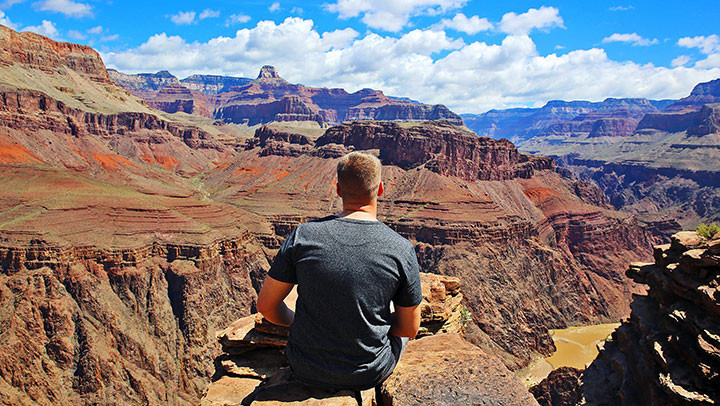
Each park has its own peak season and off-season. For instance, the Grand Canyon’s peak season is from May to September, while Yosemite’s is from early June to early September. The Everglades’ usually lasts from late October until March. It’s a good idea to avoid peak season if possible, leaving you with fewer crowds and lower prices to enjoy the parks.
Late September and October – the shoulder season – is generally considered to be the best time to visit. You’ll tend to get warm – but not unbearably hot – weather, and the hordes have left since kids are back at school.
The maples of New England, as well as oaks, willows and aspens, put on a show at this time of year, turning blazing red and orange as fall arrives. Autumn is also a good time for wildlife watching, with rutting season in full swing for elk, moose, antelope and bison.
Some parks, such as the volcanic landscape of Haleakala in Hawaii, are good to visit year-round, while Death Valley is a sight to behold in early spring when the wildflowers are in bloom. And, of course, ski resorts in the National Parks, like those in the Rockies, are loved for their superb skiing in winter.
The time you visit depends on what you want to do, how you cope with the season’s weather – and how prepared you are for busier trails.
Staying overnight at a National Park
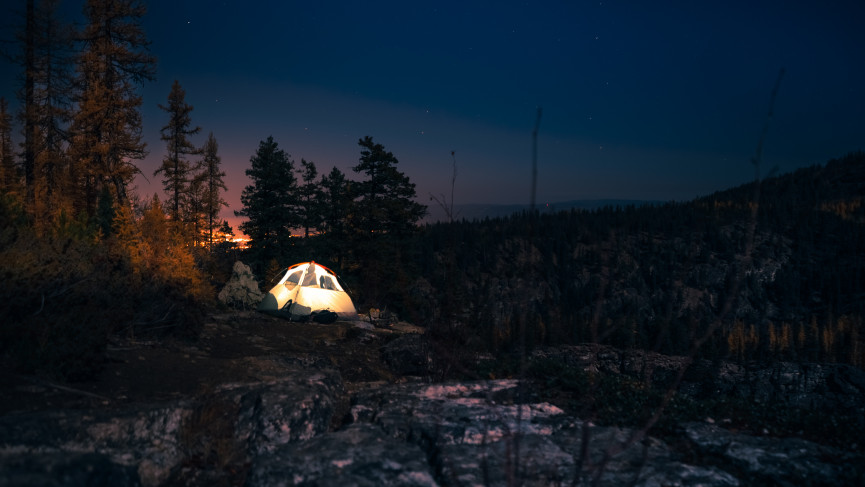
Visitor facilities vary between parks. Some offer very basic amenities, while others (especially the most popular parks) have plush hotels nearby. It’s a good idea to book well in advance, especially if you’re travelling during peak season.
Some parks operate accommodation on a first-come-first-served basis, so the sooner you arrive there, the better. Camping is also an option, with most parks offering pitches from around $10-15 per night. The US Forest Service campsites are often less expensive, and more readily available.
Practical tips for visiting the National Parks
Wear the right gear: Sturdy boots, a protective hat, plus warm or waterproof clothing depending on the weather.
- Go prepared: Hiking gear essentials
Prepare for the heat: The parks can get hot in summer, so carry plenty of water, sunscreen and insect repellent.
Do not litter: It goes without saying, but you could be lumped with a hefty fine for dropping rubbish in a National Park.
Do not interfere with wildlife: No feeding or provoking the animals, and don’t approach bears or other wild animals – they can be dangerous. Talk quietly on the trails to improve your chances of spotting wildlife.
Stick to the paths: Veering off the trails can be hazardous if you encounter dangerous wildlife, and it’s also easy to get lost in the wilderness. Don’t wander off on your own.
Tell a friend of your plans: This is especially important if you’re travelling alone. Your friend can inform a park ranger in case you don’t return on time.


